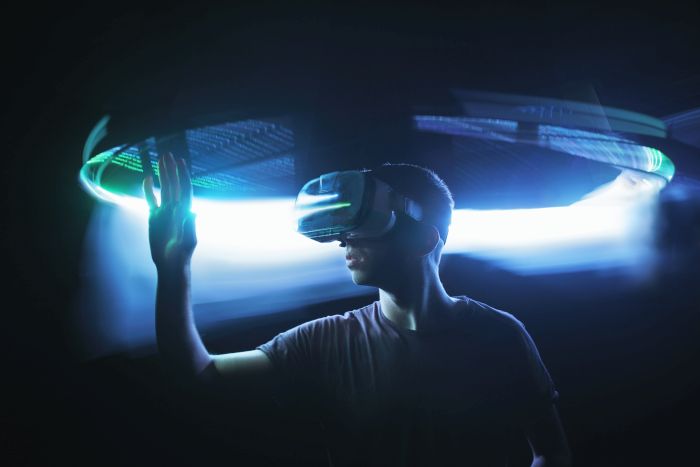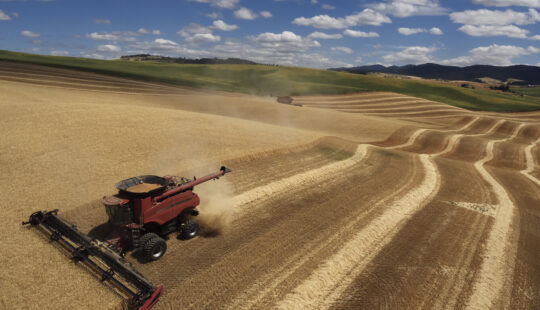Although the global pandemic forced people to innovate business as never before, the truth is that “accelerated” digitalisation is fueling more conversations among doers and thinkers across Australia and New Zealand. To find out more, I reached out to four innovators among the renowned speakers headlining SAP e`ffect, an event taking place in six cities across the region.
Disruptive innovation from people with disabilities
Tom Nash epitomises tenacity and optimism to not just conquer adversity but thrive. A quadruple amputee at age 19, Nash thinks that people with disabilities or those involved with them are uniquely able to solve problems because they cannot do everything the way everyone else does.
“Solving problems for people who have disabilities can often result in unintended consequences where new markets are inadvertently created through the proliferation of innovation,” said Nash. “Consider text to speech or speech to text, which was initially designed for people with disabilities. Initially expensive with access to a limited few, they became disruptive when a wider population discovered their usefulness. Now we have Alexa and Siri who make everyone’s lives easier.”
As for how to make a compelling case for a major innovation, Nash advised a healthy dose of humour.
“The first person trying to change something pays a disproportionate price, whether it’s social, political, or in business,” he said. “Humour hacks the impact of paying that price because it’s a light-hearted way to convey honest ideas in a more palatable manner.”
New leadership norms to support remote workers
As a military helicopter pilot and Formation Commander in Australia’s Navy, it’s fair to say that Kate Munari knows a thing or two about leadership, especially across remote workforces. She saw effective communication and understanding team members fundamental to leading dispersed workforces.
“People are inspired when they feel a genuine connection to the team and their leaders,” said Munari. “Leaders have an essential role in maintaining a strong connection within the team, fostering a cohesive effort that ultimately unites them towards a shared mission and goal, while building individual, team, and workforce resilience.”
Recognising that remote work can strain work/life balance, she encouraged people to also take time for themselves.
“When I was on operations for months at a time in Afghanistan, work filled my every day,” said Munari. “To operate at peak mental and physical performance I made sure to do one thing every day just for me. This gave me that mental break, relaxing and recharging me to stay motivated towards the daily job.”
Disruptions are teachable moments for sustainability
Sorting fact from fiction is second nature to award-winning Australian environmentalist Tanya Ha, who cut through the standard dystopian climate change ethos with bright optimism.
“The pandemic has shown us what we can achieve with investments in science to quickly explore ideas, gain insights from clinical trials, and develop life-saving vaccines,” she said. “Hopefully that same credible peer reviewed expertise will extend to living and working more sustainably. Life disruptions are an opportunity to learn more cost-effective, sustainable habits like telehealth and remote work. The new normal has given us confidence in our ability to adapt and learn new things.”
In confining people closer to home, pandemic lockdowns have opened many people’s eyes to the beauty of nature and importance of addressing climate change.
“You look after what you love,” said Ha. “Having visited the beautiful outdoor spaces nearby their own communities, people are becoming environmentally-minded. They are realising that nature is on loan. It’s not something for us to exploit, but it’s something for us to benefit from while caring for it.”
Embrace your personal de-stressors
For those of us feeling shall we say, challenged, by 18 months or nonstop stress, workplace well-being consultant Dr. Jenny Brockis, is a breath of motivational fresh air, including during a pandemic.
“It’s completely understandable to feel overwhelmed, more tired, or a bit less sharp,” she said. “Step back and acknowledge that this is happening, and that it’s a sign of your system dealing with stress. Cut yourself some slack, and if it makes sense for you, look for opportunities to do less. Having a routine that we feel we have control over actually enables us to do more.”
Turns out there’s no single definitive list of de-stressors.
“Stick to doing things that you know make you feel better; it doesn’t matter what that is,” said Dr. Brockis. “If you know that’s your one thing that can make the biggest difference in how you feel about things generally, make time for it. For me, it’s spending time outside and moving. Your mental well-being boost could be something entirely different.”
My takeaway from all of this is that although making room for disruptive innovation is an intensely personal experience, it also stokes the productive future of every organisation.
This article was originally featured on SAPBrandVoice on Forbes.



